Nestled in the lush green hills of Maharashtra, India, this ancient Siddheshwar Temple is a popular destination for tourists and devotees alike. The temple is dedicated to Lord Shiva and is believed to be over 300 years old. It is adorned with intricate carvings and sculptures that showcase the exquisite craftsmanship of the local artisans. As I set foot inside the temple, I was struck by its peaceful aura and the sense of spirituality that permeated the air. Join me as I take you on a virtual journey through the history, architecture, and significance of this magnificent temple.
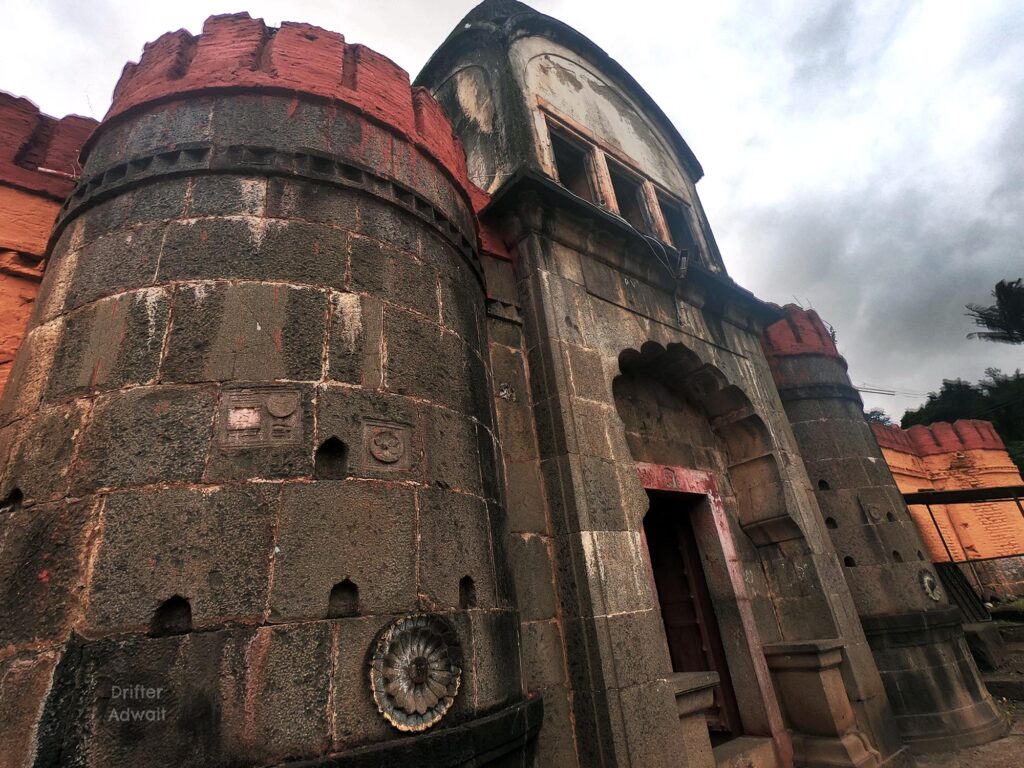
Dhaumya Rishi
The Pandavas narrowly escaped the burning of Lakshagriha and, following Vyasa’s instructions, set out towards Panchal country to attend Draupadi Svayamvar ceremony.
While on the way, Arjun had an archery duel with Gandharva ChitraRath. After Arjun defeated ChitraRath, the Gandharva King presented Arjun with various gifts along with his friendship. With it, he gave one valuable suggestion to them- to have a family Purohit (priest). He was the one who suggested Pandavas request Sage Dhaumya to be their family Purohit.
Post that, sage Dhaumya never left the side of Pandavas, even accompanying them in the 12 years of Vanvasa, constantly guiding them, teaching them about the minuscule nature of Dharma, righteousness, and the duties of the Kings.
While in exile, Pandavas were attacked by the demon Kirmeer, who was the brother of Bakasur and the friend of Hidimb. The monster was an expert in the illusions and baffled Pandavas with his Maya. Then, Dhaumya Rishi destroyed that illusion and helped Bhim to kill that demon. He was the one who guided Pandavas in their secret exile (Adnyatvas). He was the one who carried the last rituals of Pandava’s soldiers, performed the coronation of Yudhishthir after the war, and long before that, he was pious enough to witness the homecoming of Prabhu Shri Ram after killing the Lankesh Ravan.
He guided Yudhishthir on how to be a great king, and his principles are applicable even today. This quiet little temple on the banks of river Krishna is the place where this legendary sage took Samadhi.
While tourists get in line to enjoy the cool weather and fresh strawberries of Mahabaleshwar, very few take a right turn on Wai Pachgani road and reach Dhom village, located on the north bank of Krishna river, trying to sneak a peak into the glorious past. Dhom is known for the temples, especially for Laxmi Nrusinha and Siddheshwar Mahadev Temple, and for the majestic backwaters of Dhom dam.
Temples
The Laxmi Nrusinha and Siddheshwar Mahadev Temples are surrounded by a strong fortification. The main entrance door has strong bastions on each side, similar to any medieval Maratha fort. On the right bastion, you could see a rather interesting sigil of a Ganapati in the frame, along with a half curve moon hovering above the Shiv Lingam.
East facing main entrance is decorated with a splendid arch, Ganesh Patti over the door frame, and three windowed NagarKhana (drum chamber) above the door. Even though the door is simple, it reflects the true strength and character of the temple.
As you enter the premises, you have to walk in a rather narrow alley, as the entrance is a bit crowded with buildings. On your immediate right, you will see the Nrusinha temple on an unusually taller platform. On the left, you will see a temple office and the path leading to the stone wall. In front, you meet with the Nandi Mandapa and Mahadev temple. Let’s take a tour of Siddheshwar Mahadev first.
Siddheshwar Mahadev Temple
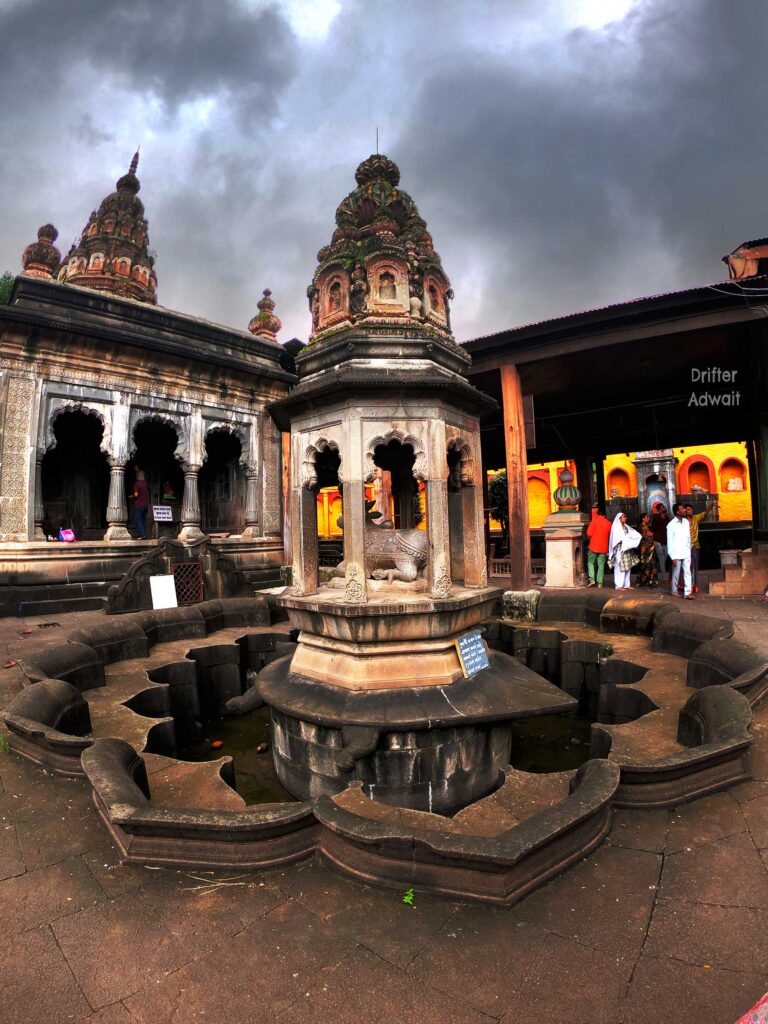
Every Indian temple has a unique and defining characteristic. For example, Kopeshwar temple, Khidrapur, has a brilliant Svarga Maondapa, and Chennakeshava temple Belur has a splendidly carved roof. Siddheshwar Mahadev is no exception to this rule. It has a very unique Nandi Mandapa.
Nandi Mandapa of Siddheshwar Mahadev Temple

The Nandi Mandapa in front of the temple is raised in the two feet deeper lotus-shaped basin with a twenty feet diameter sunk in the basalt pavement. Over the two feet surface octagonal platform, you will see a typical Maratha-styled Nandi, carved and polished out of the basalt stone, under the stone canopy.
This entire structure is standing on the giant back of the turtle. When the water is filled in the pond, it appears like the fifteen feet giant turtle is swimming in the water while holding the Nandi Mandapa intact on its back, which makes it a unique structure in India. You will find Maratha styled eight feet high Shikhara or the tower above Nandi Mandapa complementing the entire structure in an aesthetic sense.
Siddheshwar temple is raised on a five-foot platform. Except for the Shikhara, the entire tower has been built with solid basalt. To enter a fourteen-foot wider temple, you must climb an ornate staircase to the three arches. But don’t be in a hurry to enter the temple just yet.
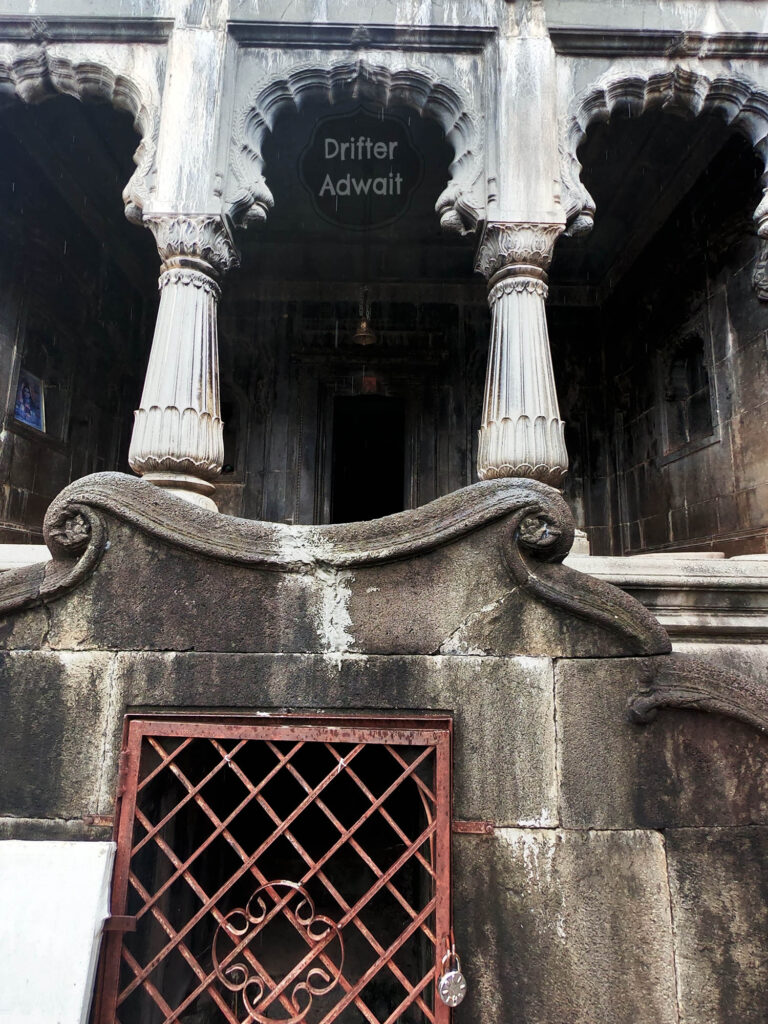
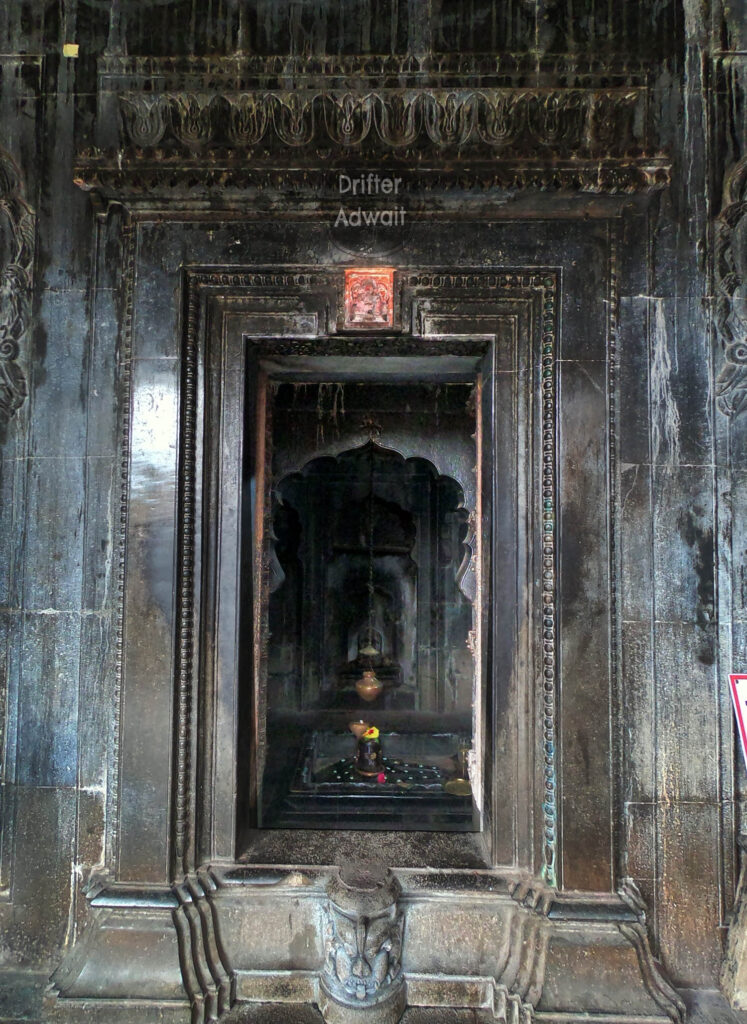
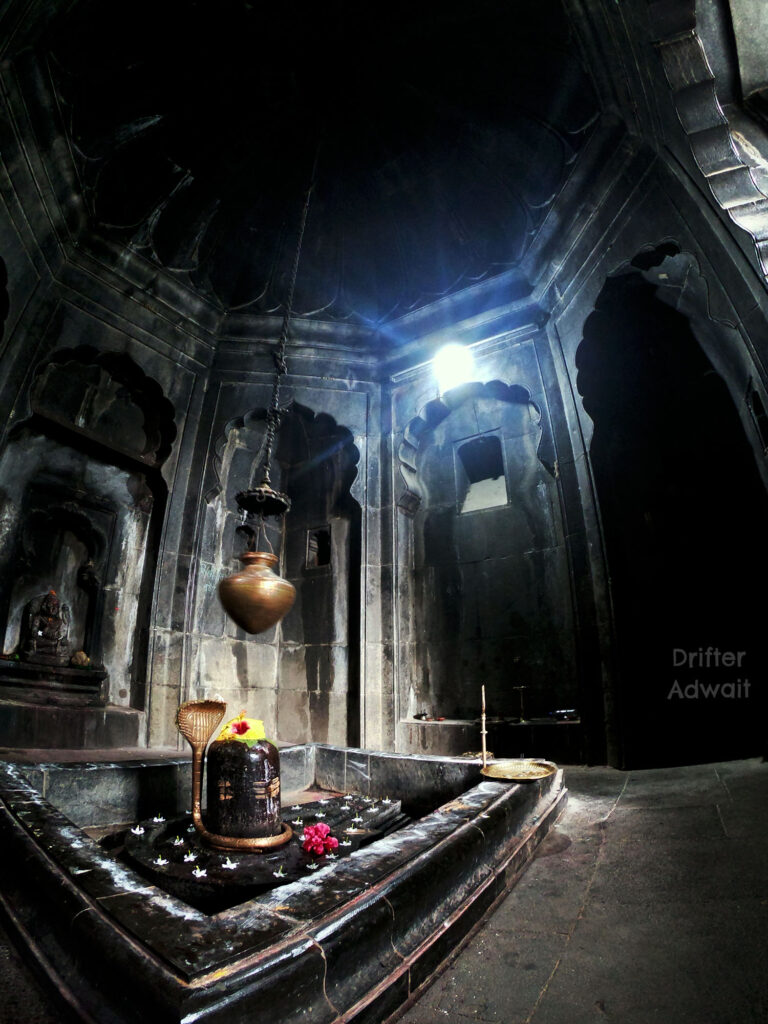
Just below the staircase, you will see a small locked gate going under the platform, which has great significance in the cultural history of ancient India. This is the place where Rishi Dhaumya went for a Samadhi, leaving his mortal body. Bow to this historical place, and climb the stairs, taking you to the Mandapa with three arches.
Temple walls are rather plain, with one placeholder for each wall, now vacant. Garbha Griha, or the sanctum sanctorum of the temple, is on the ground level, and the entrance is moderately decorated with the Kirtimukha at the bottom of the door frame and Lord Ganesh on top of it. As the sanctum is on the ground level, you have to descend into the dark room where Lord Mahadev resides in the lingam from. A copper vessel suspended from the ceiling releases a constant stream of drops over Mahadev, cooling him off.
Laxmi Narsimha Temple Dhom
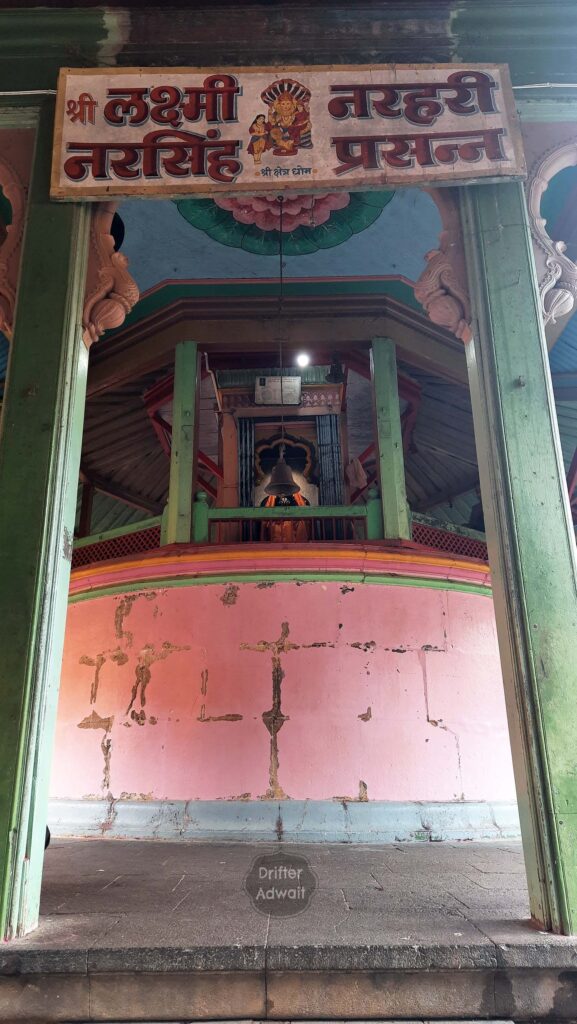
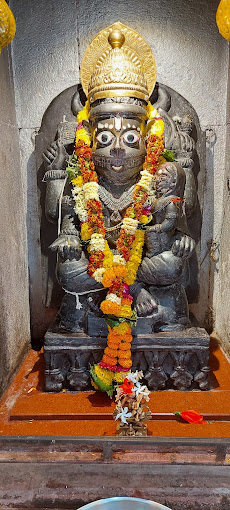
This temple is an ideal example of Maratha-style architecture, with an interesting combination of temple and Wada styles. The temple is built over a six-foot circular platform made of stones, and you must climb a few narrow circular stairs to reach the deity.
The entire circular platform is surrounded by wooden pillars with ornate canopies connecting to the roof. The slanting wooden roof and surrounding wooden pillars yield a look of Wada-style architecture.
When you climb the circular platform, you realize the temple has one deity in two forms, back to back. On the western side, you have Ugra Narsimha, tearing the demon Hiranyakashipu on his lap. On the east side, you come across the Kewal Narimha, with Vamangi Laxmi sitting on his left lap.
Ever wondered why she would be sitting on his left side? It’s because his heart is on our left side. Both the Vigrahas are carved out of shining black stones, with four hands, crowned, and shining silver eyes kept over the original Vigraha. In December 1769, Narayanrao requested Pundits to offer prayers to the Narsimha for improving the deteriorating health of Madhavrao Peshwe. Take the Darshana of both Narsimhas, and descend the platform.
Panchaytan of Siddheshwar Temple, Dhom, Wai
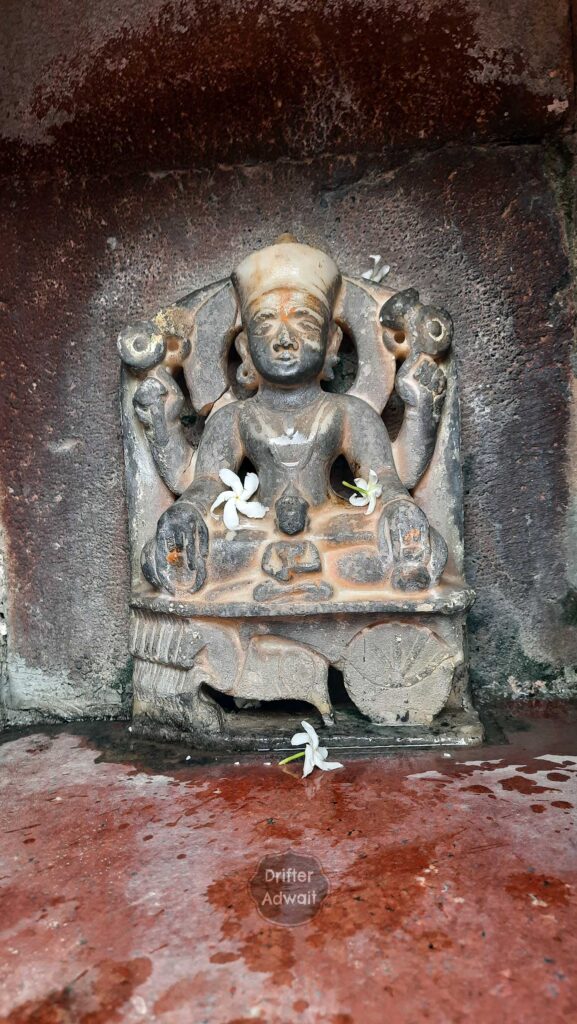
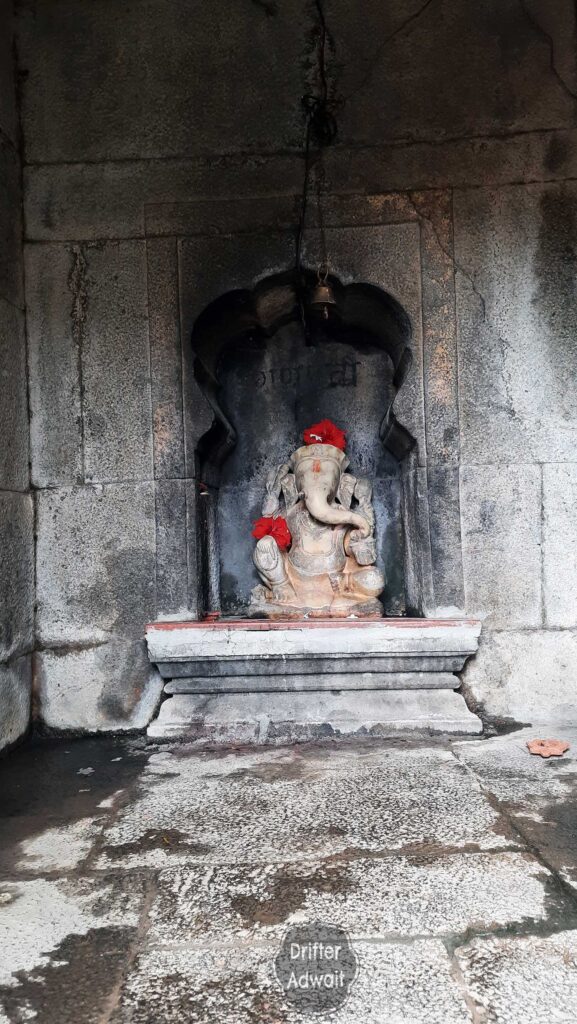
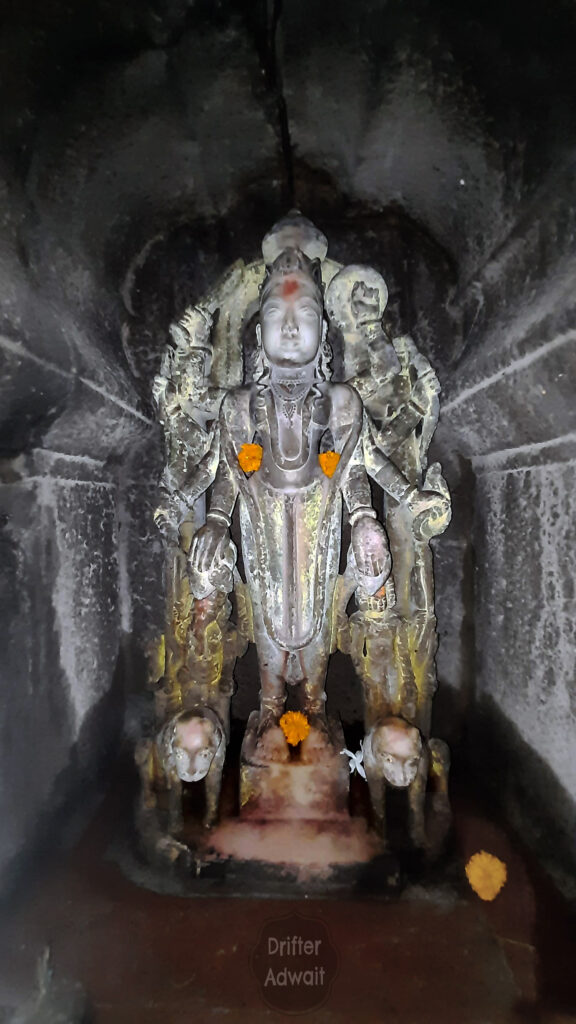

Panchaytan Puja was introduced by the great visionary Adi Shankaracharya in the eighth century. The temple at Dhom follows the same pattern. Main Shiv temple is surrounded by small shrines of Surya, Laxmi-Vishnu, Parvati, and Ganapati. All these Vihrahas are carved out of a marble brought from Agra. All these surrounding miniature temples were built in 1780 by Pune’s moneylender, Mahadev Shivram. The constructions beyond the temple were done by a person named Narayan Vaidya. The Ganesh temple adjacent to the pond was also constructed in the year 1780.
As you descend down from the Nrusinha temple platform, you stand in front of the rather interesting pole with a marble Shiv Lingam mounted on the top. But this Shiv lingam is not ordinary, as it has five faces, four on each side and one at the top. Something you should not miss.
The temple is adjacent to the broad sloping walls of Dhom dam, which has acquired its name from the Dhom village, and the village got this name from Dhaumya Rishi. If you are visiting the temple in winter or rainy season, remember to take a little stroll towards the road, which will take you to the banks of this beautiful and picturesque dam.
How to reach Laxmi Narasimha temple, Dhom:
? By Car: While traveling from Pune to Bangalore, take a left turn before Surur Village, following the board that says Mahabaleshwar. When you reach Wai city, take the Dhom dam road, which will take you to the wall of Dhom dam. The temple is located fifty feet away from the dam wall. It is about 95 km from Pune. (Instead of Dhom dam road, you can take the Menawali road as well, as both roads run parallel to each other, taking you to Dhom village.
? By Bus: There are plenty of Maharashtra State corporation buses from Pune, Satara, Mumbai, and Kolhapur taking you to Wai. You can catch a bus that goes to Mahabaleshwar and alight at Wai. Temple is 9 km away from Wai bus depot. From here, you will have to rely upon share rikshaws or a private vehicle which will take you to Dhom village. Temple is located on the outskirts of the village.
? By Train: The nearest railway station is Pune, and you have to take a bus or private vehicle, which will take you to the temple.
By Air: The nearest airport is also Pune, and you must take a bus or private vehicle to take you to the temple.
?️ Places to stay near Laxmi Narasimha temple, Dhom
Being a small village, you will not find any hotels in Dhom. But just a few km away, adjacent to the Dhom backwaters, you will have many hotel, camping, and homestay options. Wai has plenty of economical and luxury options available for a stay. Not to mention, famous tourist destinations Pachgani and Mahabaleshwar are just 25 km away from the temple, where you will get thousands of hotels to spend a great night.
? Food: No food option is available in Dhom, but plenty of hotels cater to you in Wai city. Mapro food park is must visit for pizza and sandwich lovers, with an adventure park, factory tour, and shopping for fruit products on the side, making Mapro garden the perfect weekend gateway spot.
? References:
1. Maharashtra Rajya Gazzetier, Satara District, Dr. Arunchandra Pathak, Gov. Of Maharashtra, India, 1999
2. Maharashtra State Gazzetier, Satara District, 1963
3. Mahabharat with Sanskrit to Hindi Translations, Geeta Press, Gorakhpur, UP, India.
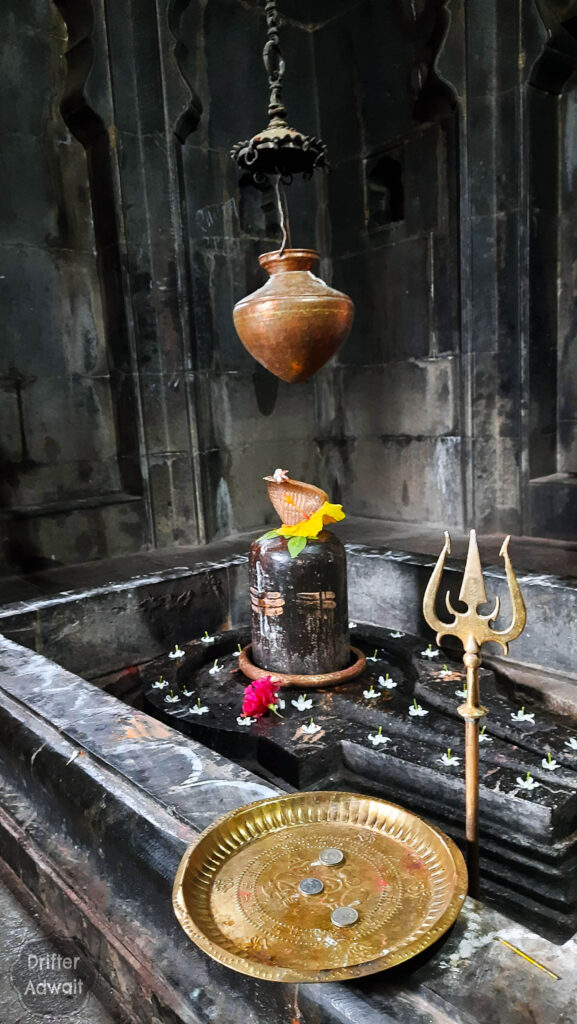
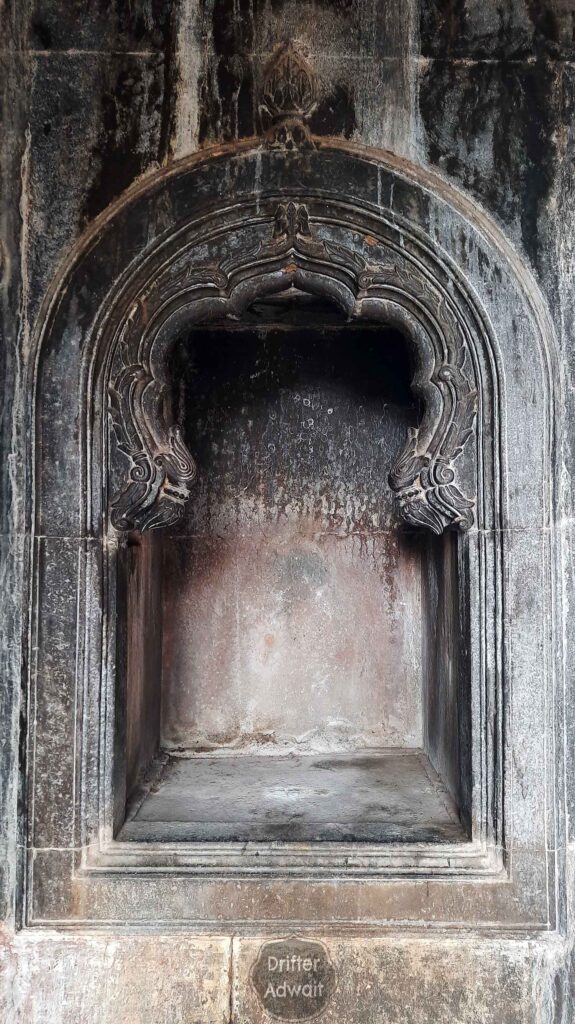

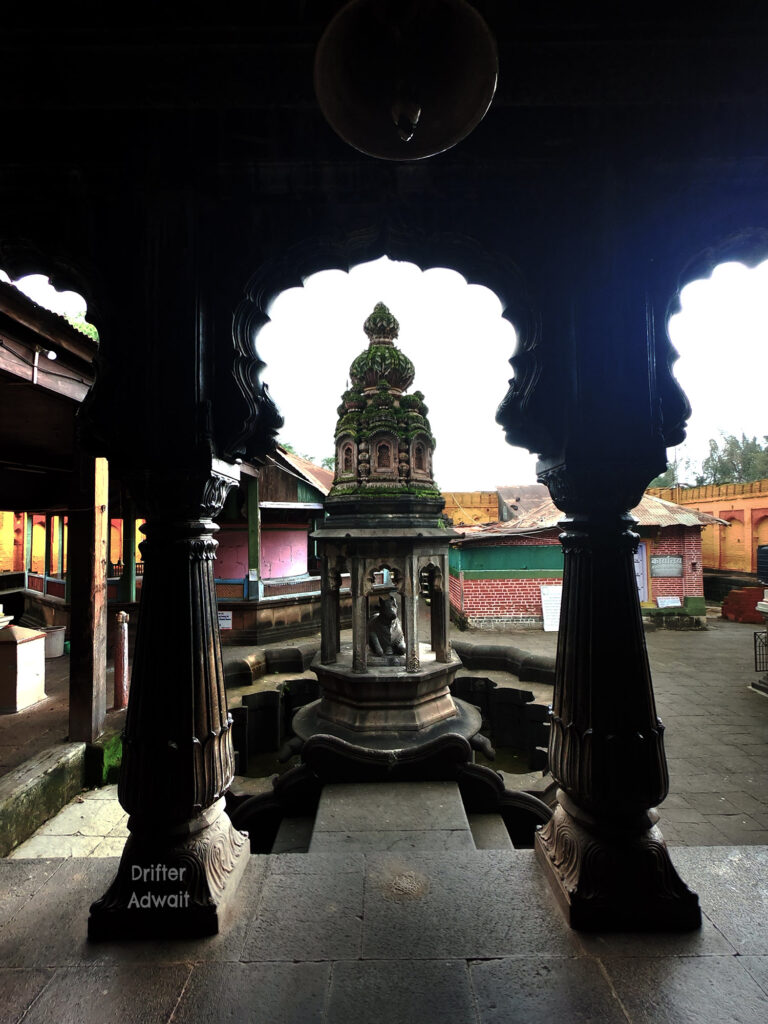

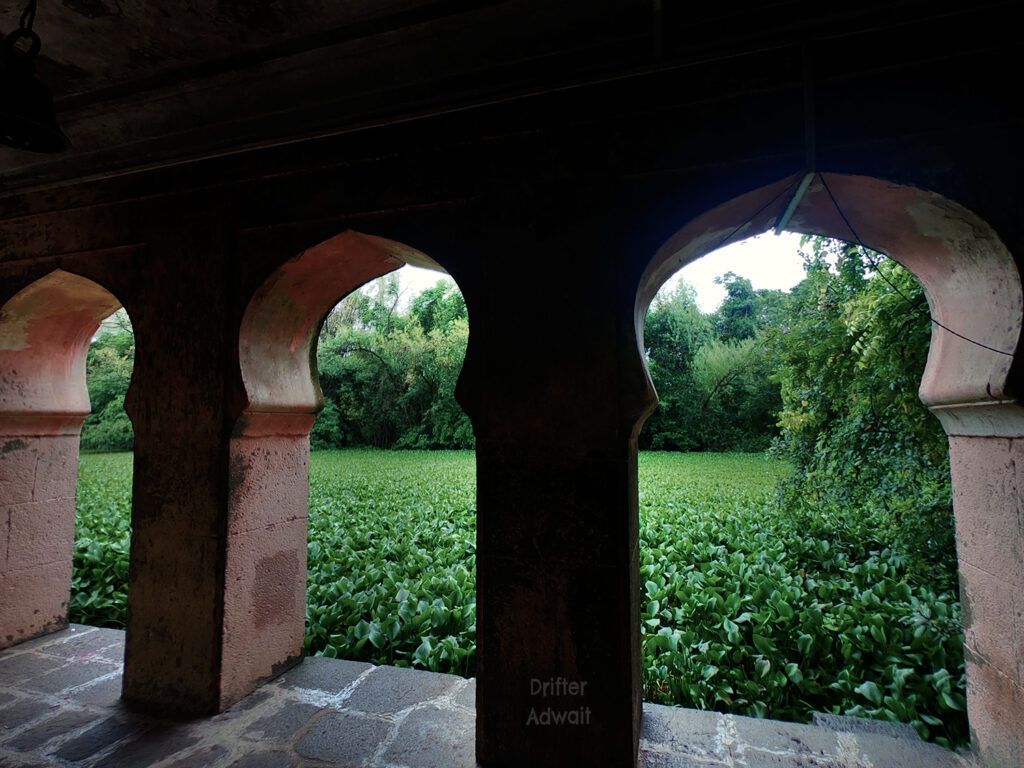


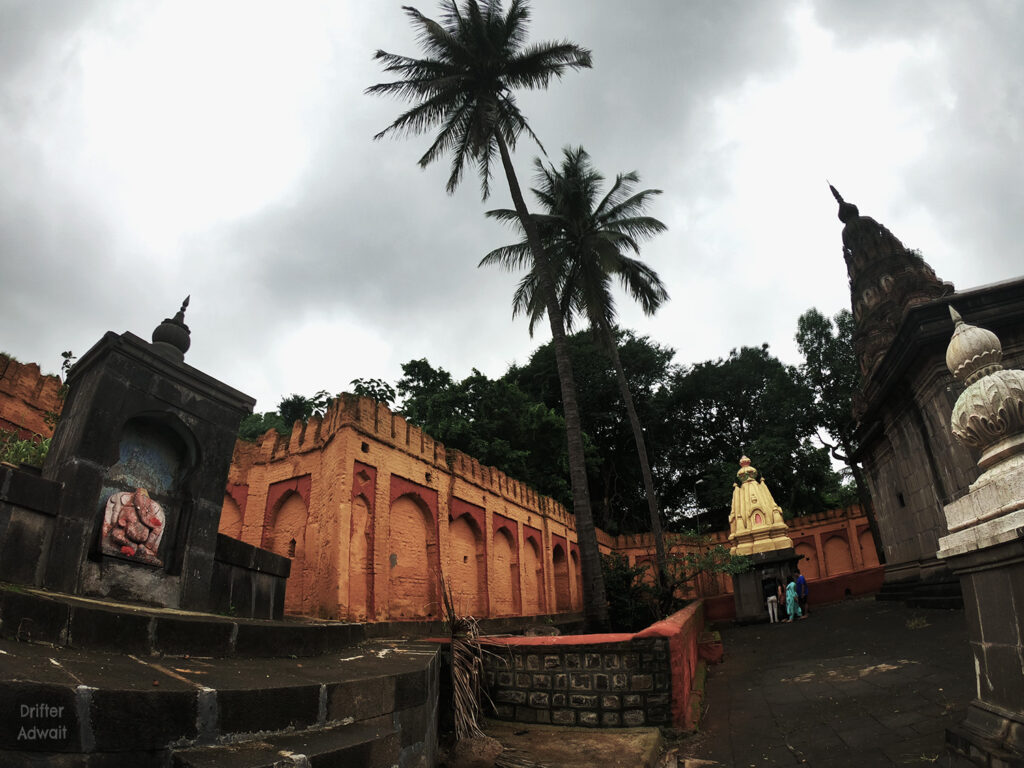
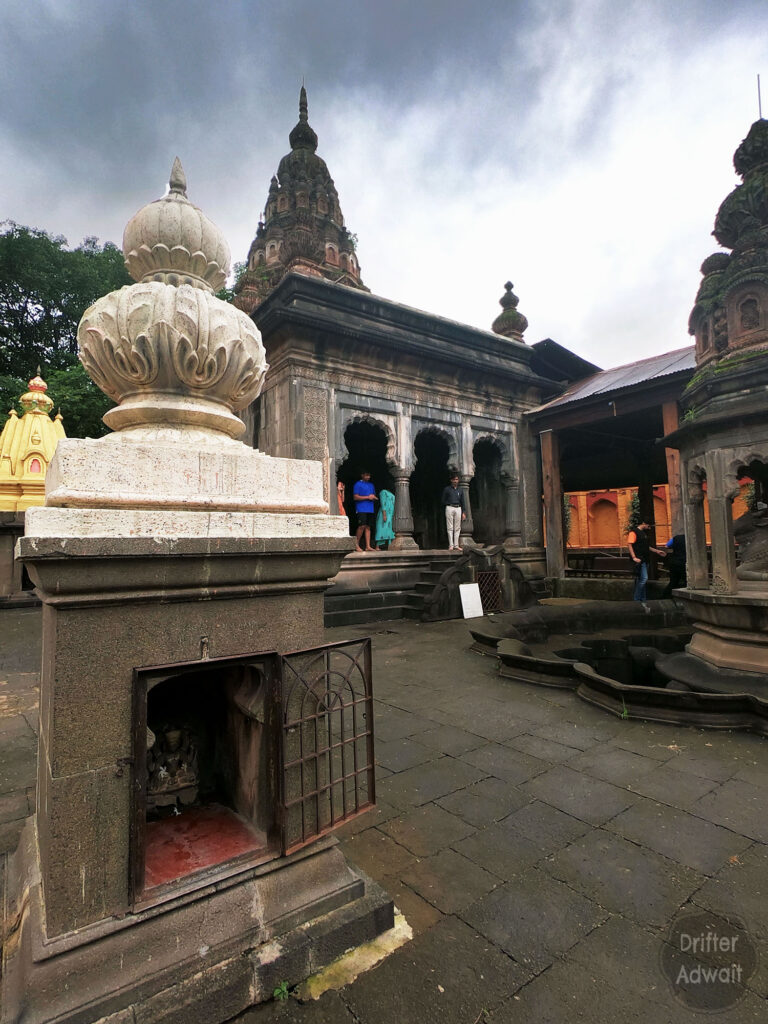

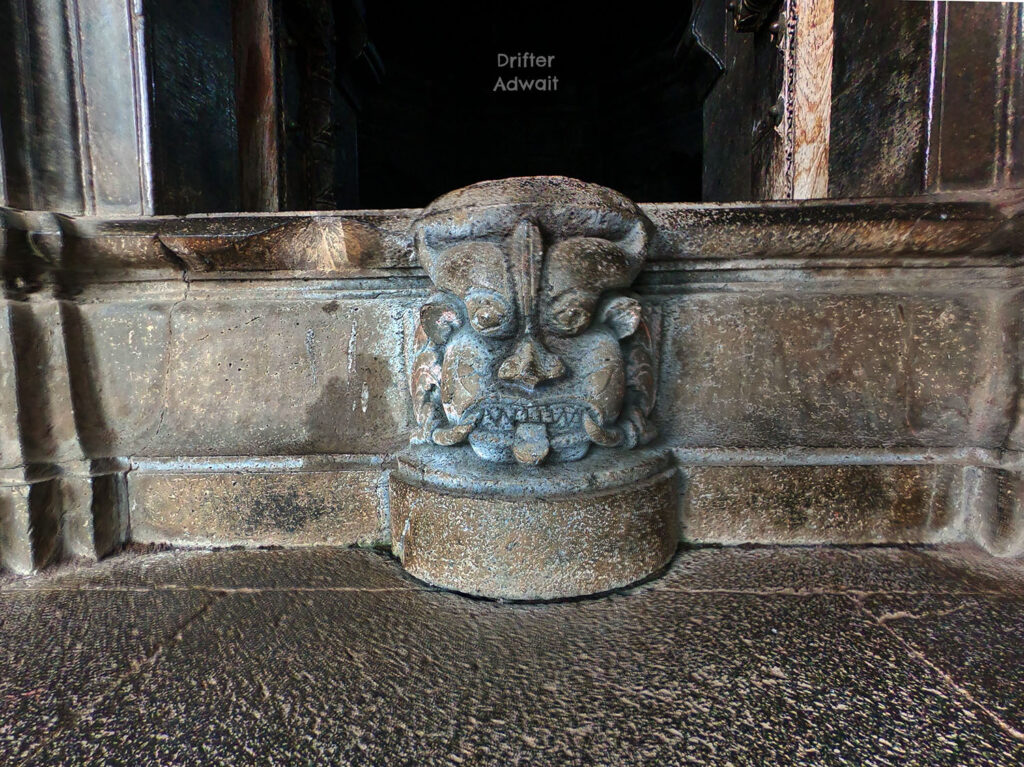
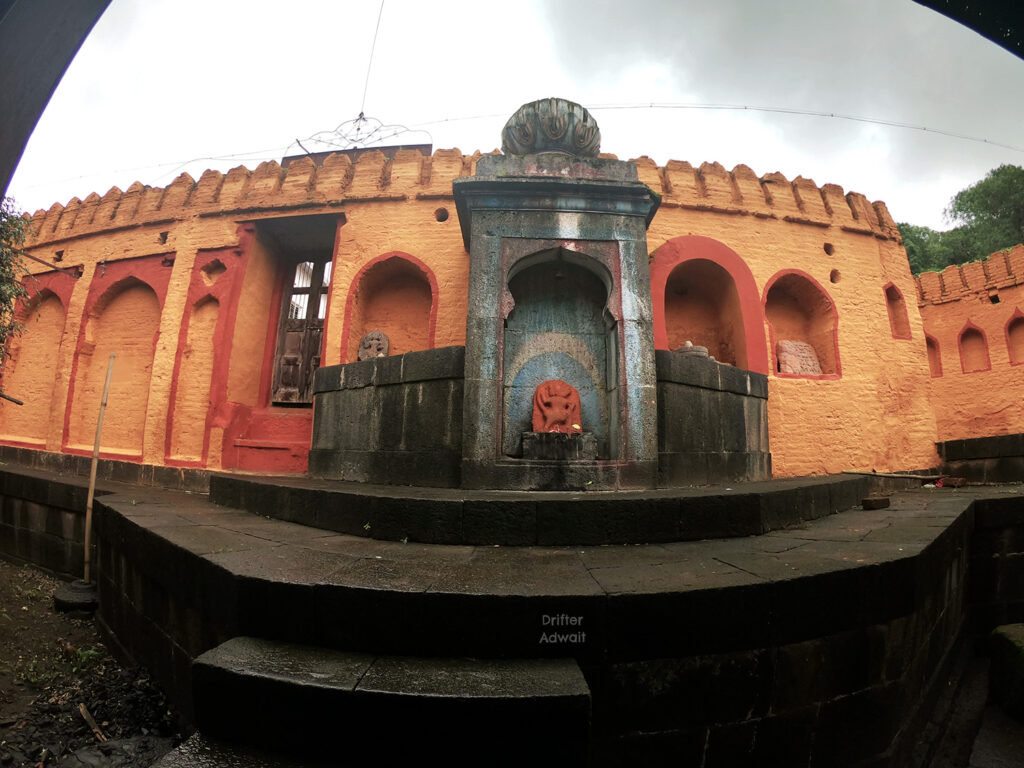
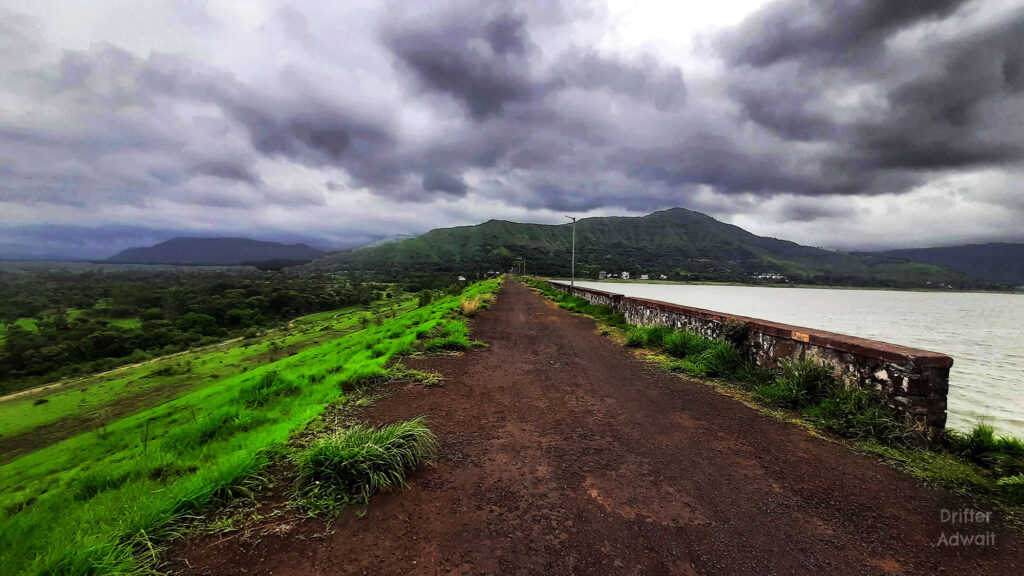
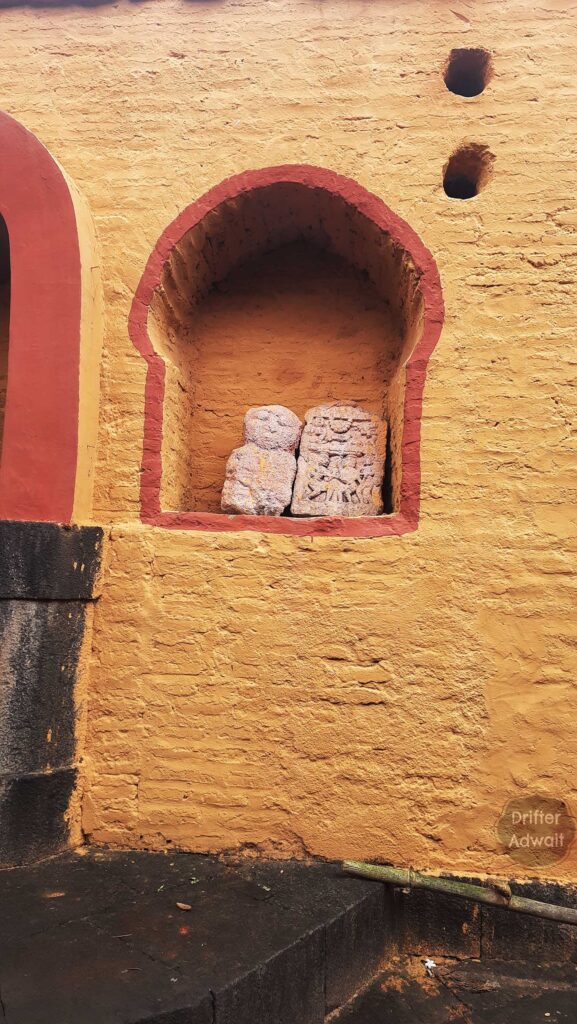

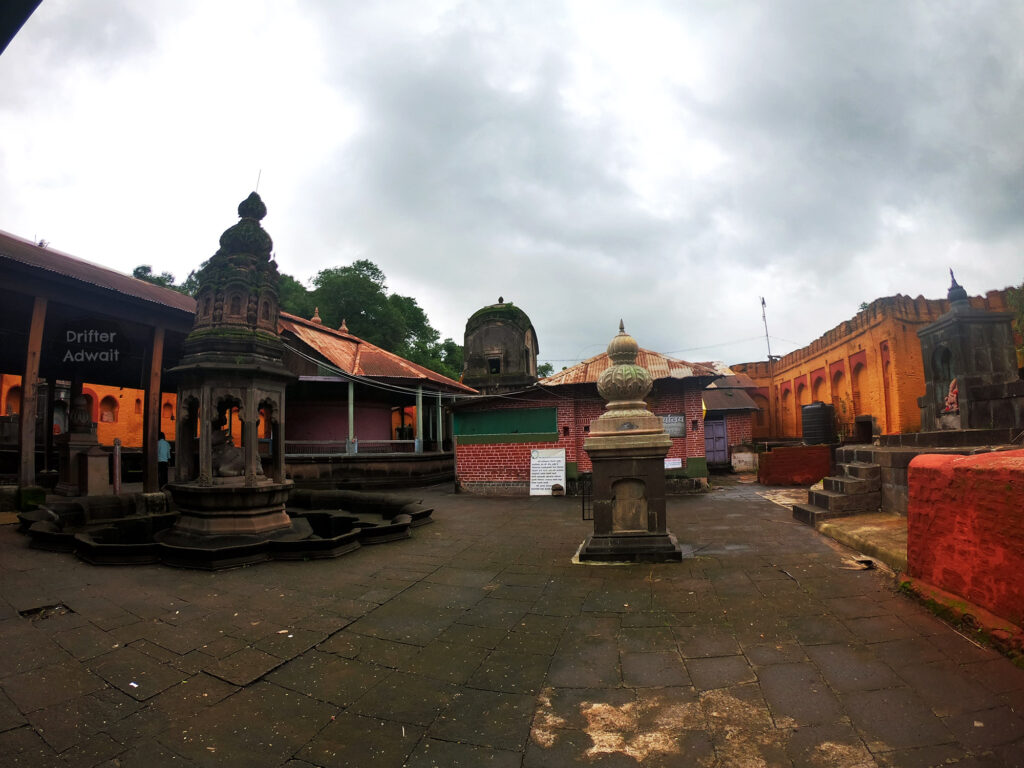
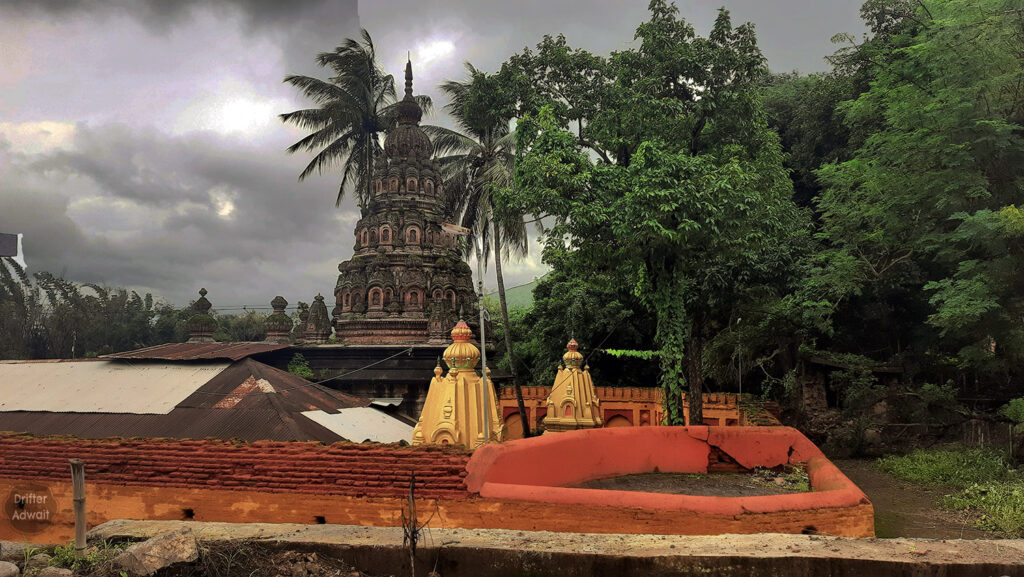
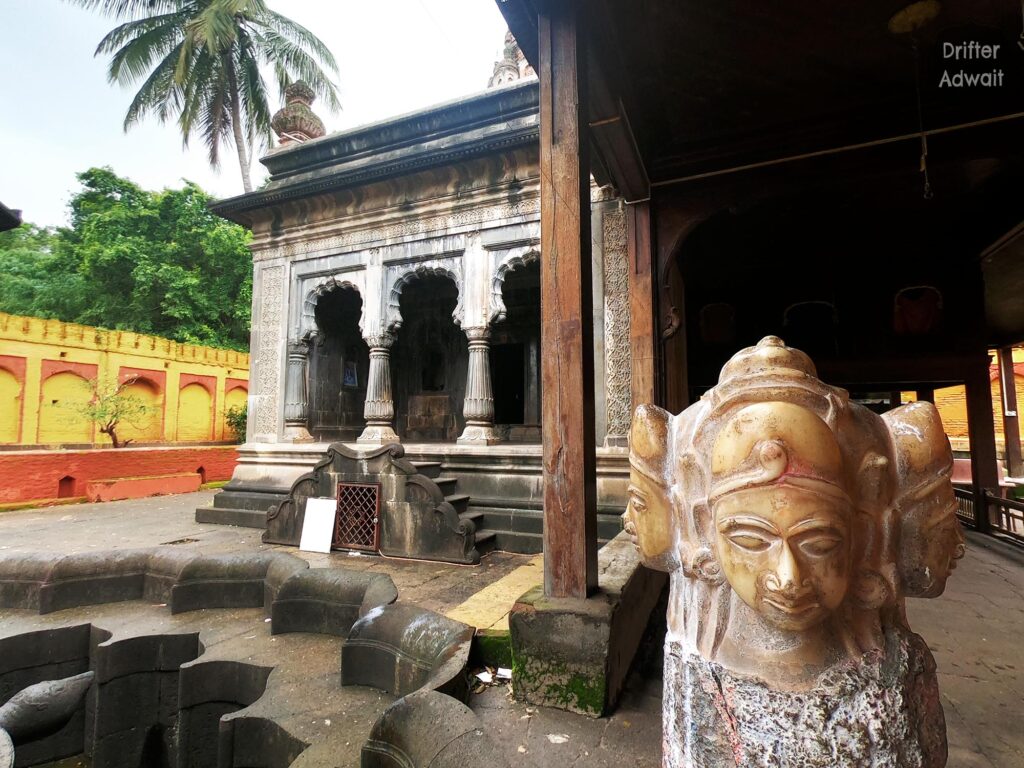
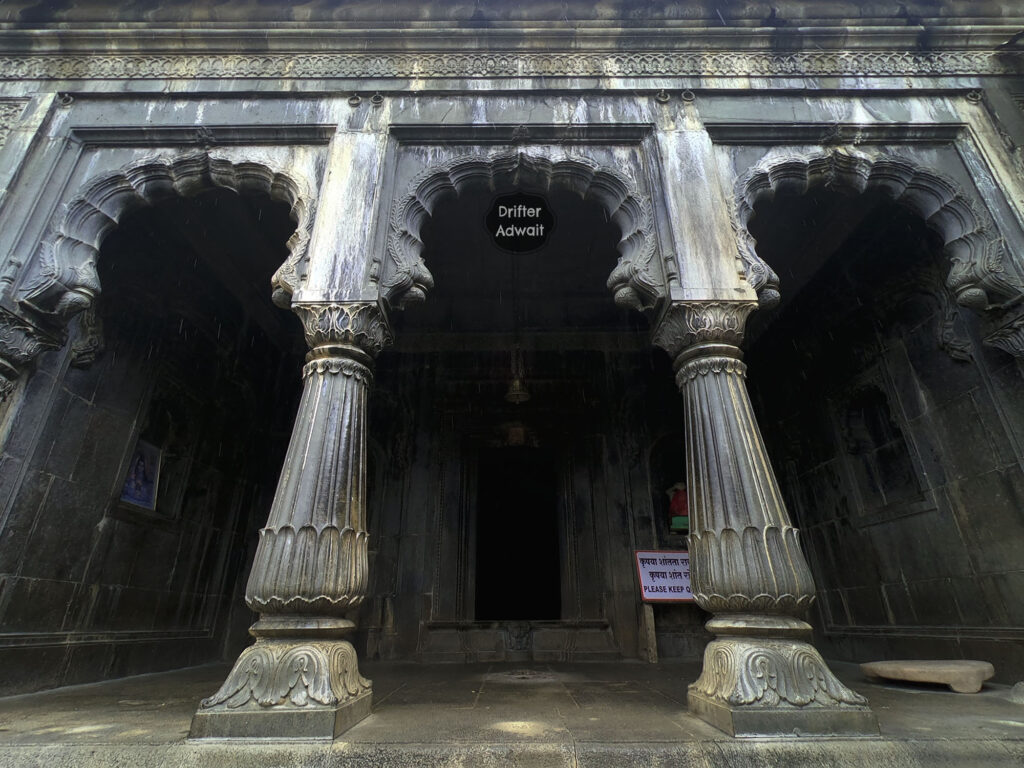
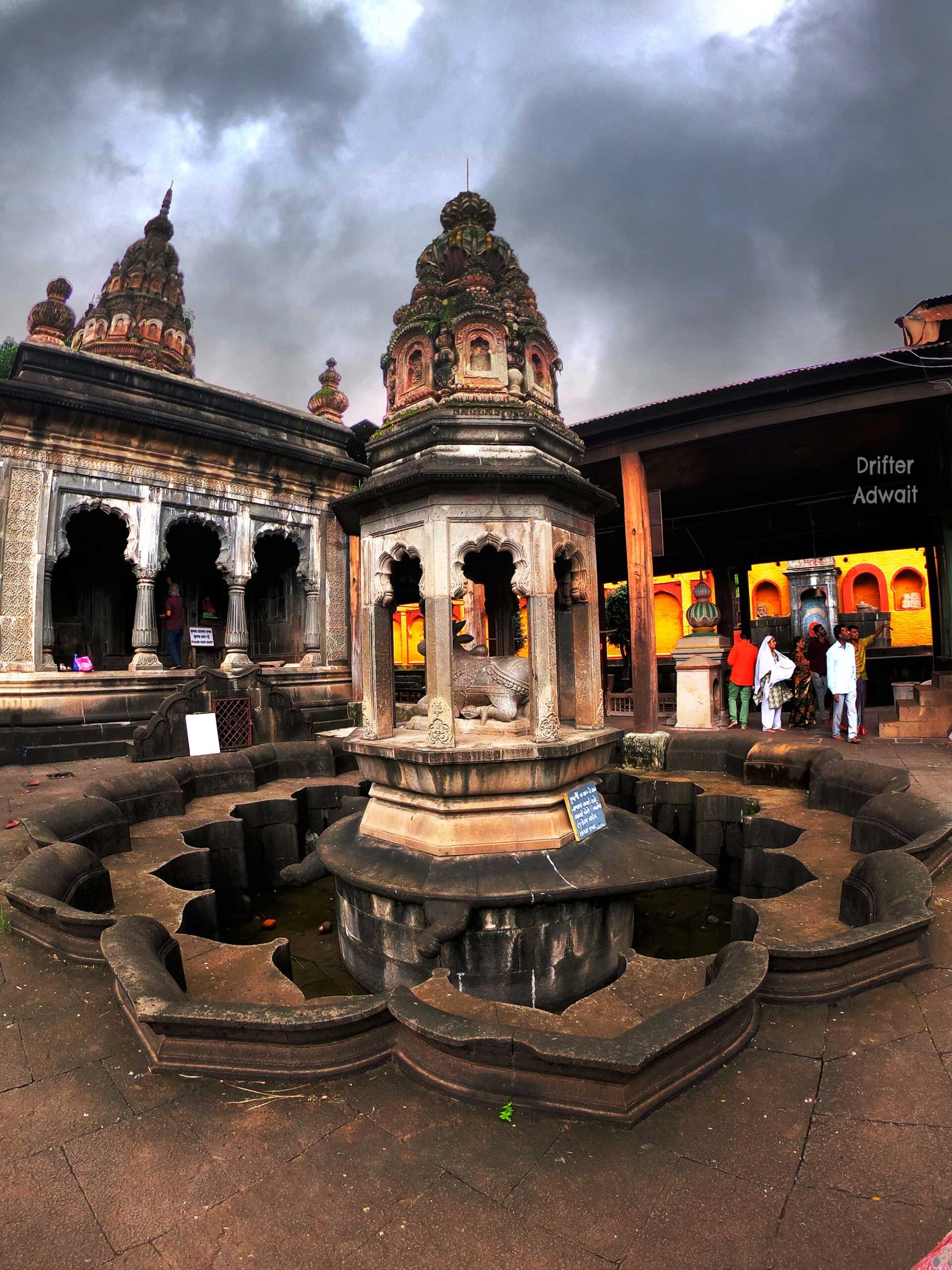
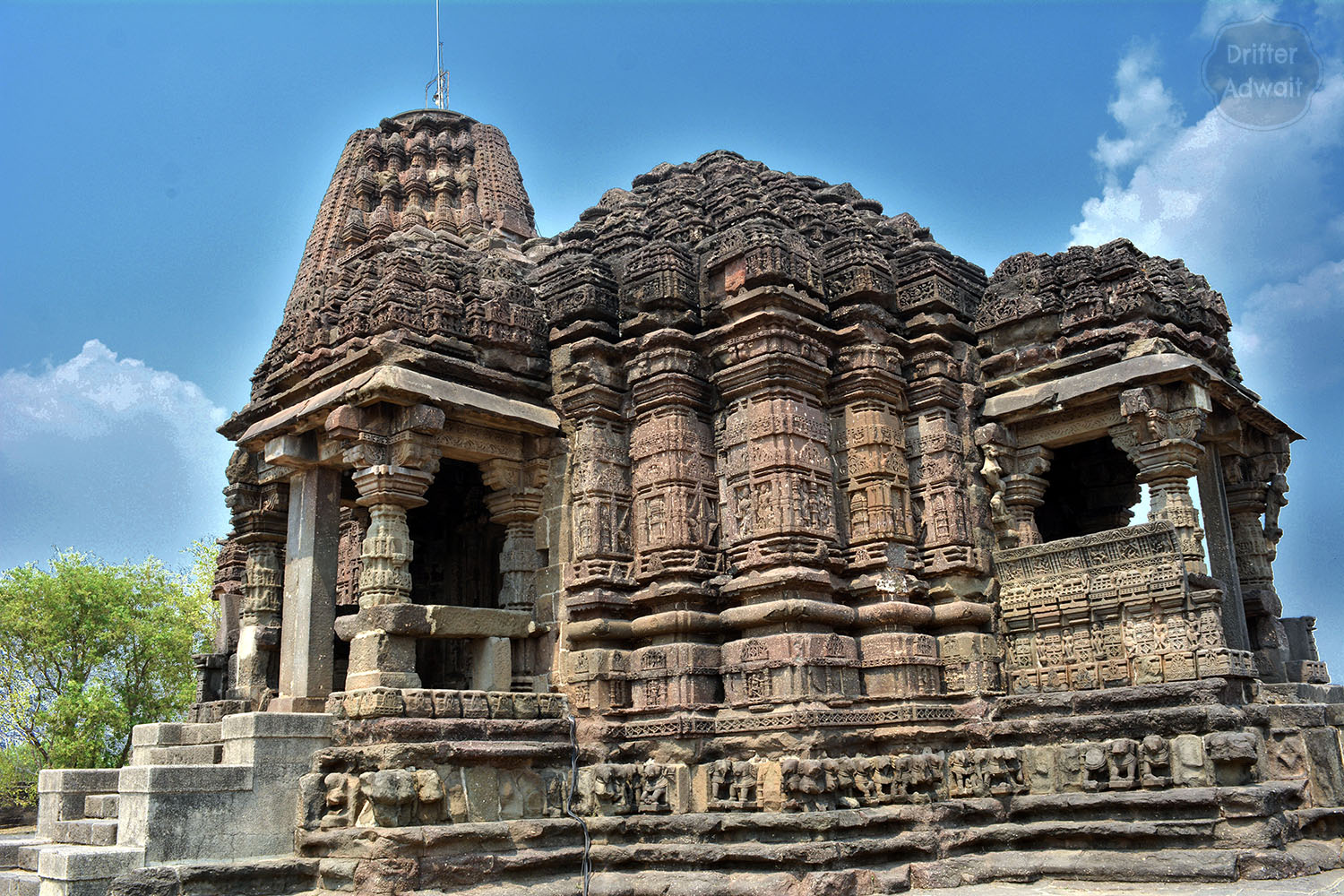
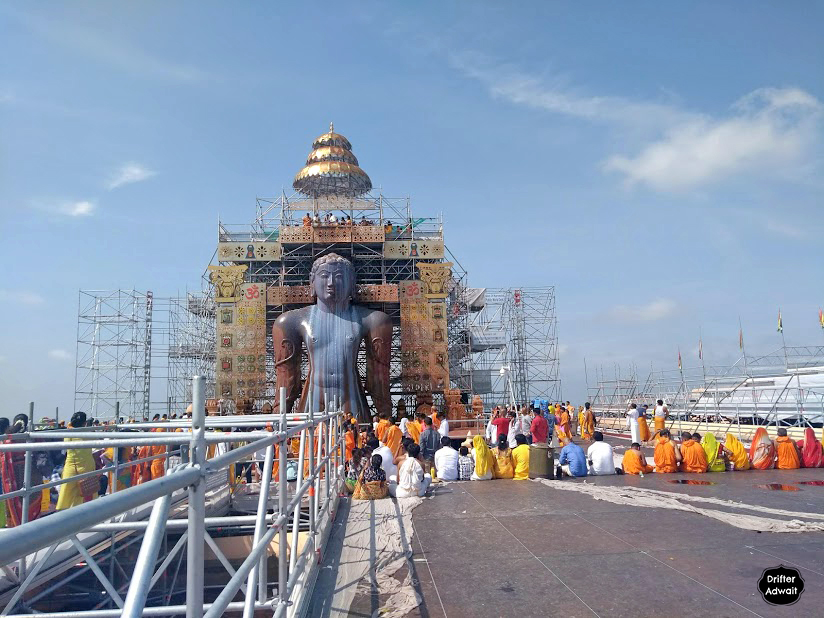

Very nice description indeed. Good photos along with caption help understand the rich heritage. Thanks Adwait for sharing the info of a hidden gem.
Thank you so much for your kind words! I’m glad you enjoyed the photos and captions. It’s always a pleasure to share hidden gems like this temple. Your appreciation means a lot to me! It’s our ancient heritage and must be protected at all cost!
Thank you for publishing this. Reading and re-reading the article to capture all that you have written.
Forwarding it to the priest and trust who are maintaining the temple now. Hopefully we can add and correct the info for future generations or for general public if you would approve.
We have been visiting this temple for more 20 years now.
I think the temple is older than 300 years. I am actually trying to find the exact date myself but so far i have heard three dates.
1. 300 years from this article
2. established around 1600s from older priest, and
3. built by pandavas as per family tales
Hoping to restore this temple
Namaste Soham Ji,
Thank you so much for your thoughtful response! I’m delighted to hear that you found the article meaningful and are taking the initiative to share it with the priest and trust managing the temple. Your dedication to preserving and enhancing the temple’s historical accuracy for future generations is truly commendable. Feel free to keep me updated on any findings or insights you gather during your research. I’m excited to learn more about the temple’s history and the potential restoration efforts. If there’s anything I can assist you with in your quest for information, please don’t hesitate to reach out.
Best wishes for the continued success of your endeavors in restoring and celebrating the temple’s legacy!